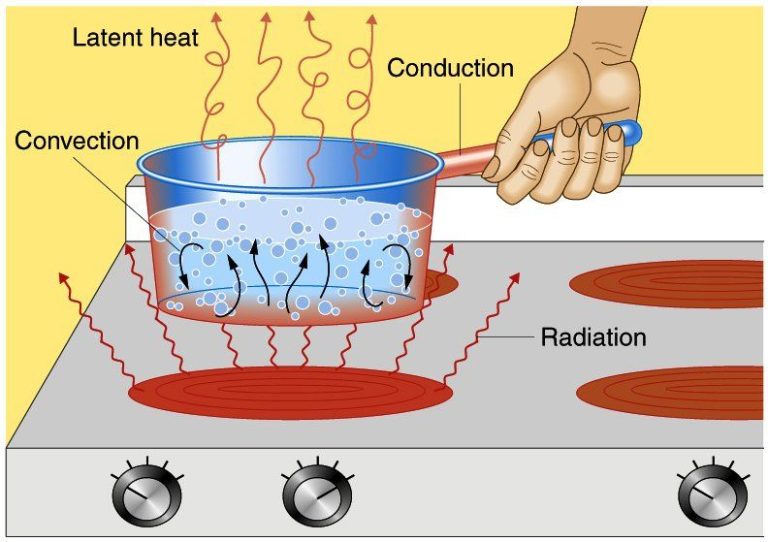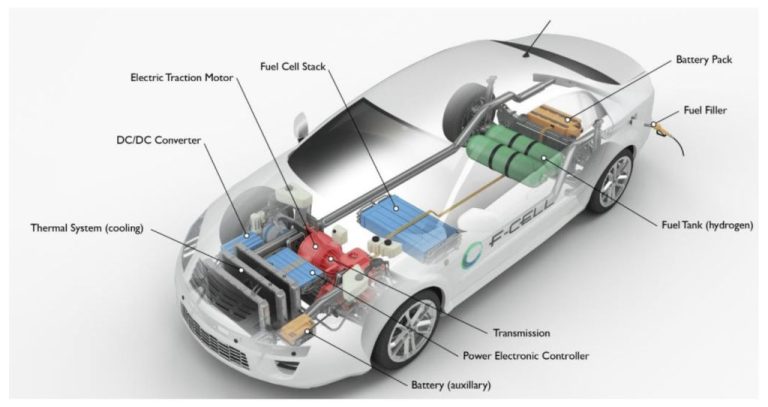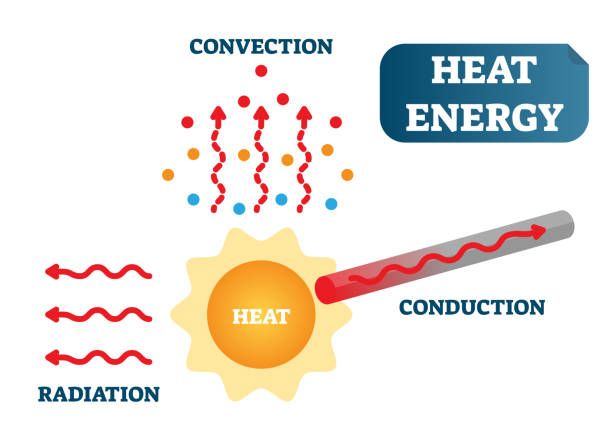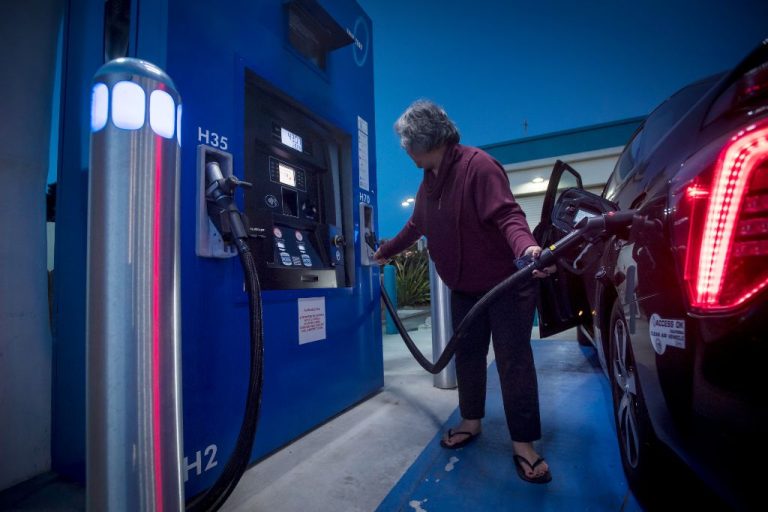Is Fusion Free Energy?
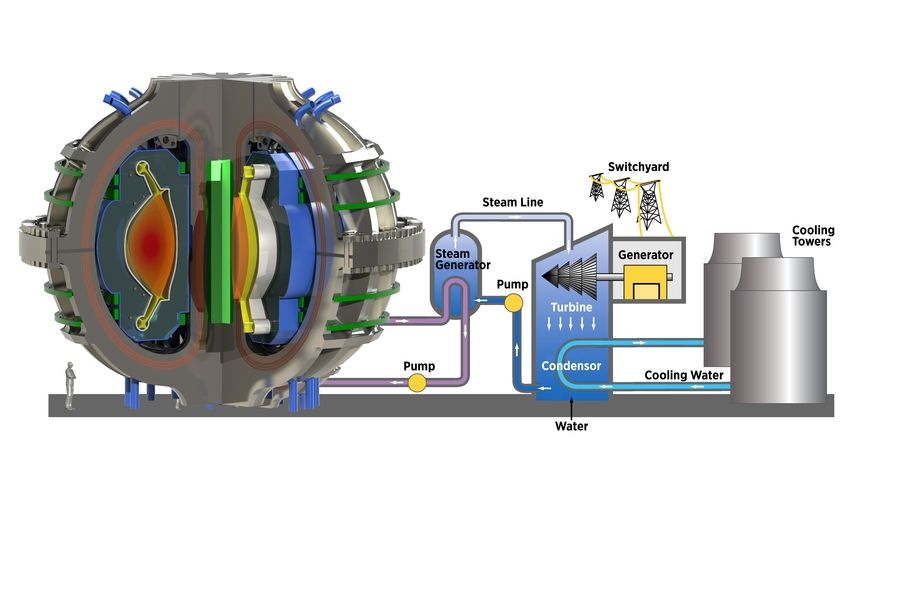
Fusion energy refers to the energy released when two light atomic nuclei fuse together to form a heavier nucleus (DOE Explains…Fusion Energy Science, 2023). This is the same process that powers the sun and stars. Fusion reactions release an enormous amount of energy, far more than fission or any other energy source available today. If harnessed, fusion energy could provide a nearly limitless supply of clean, safe, carbon-free energy (IAEA, 2023). For this reason, fusion energy is being extensively researched as a potential future energy source that could help address the world’s growing energy needs while minimizing environmental impacts. The key challenges are confining the fusion plasma at extremely high temperatures and densities long enough to sustain fusion reactions and extract energy. If these challenges can be overcome, fusion may offer an abundant, safe and clean energy source for the future.
How Fusion Reactions Work
Nuclear fusion involves fusing together light atomic nuclei to form heavier nuclei, releasing enormous amounts of energy in the process. The most common fusion reaction combines isotopes of hydrogen – deuterium and tritium – to form helium. In stars like our sun, the extreme heat and pressure in the core enables hydrogen atoms to fuse together to form helium. This releases energy that powers the star. The sun converts 600 million tons of hydrogen into 596 million tons of helium every second, releasing 4 million tons of energy in the form of gamma rays. On earth, such extreme temperature and pressure can only be achieved using advanced technology like a tokamak reactor. In a contained fusion reaction, the nuclei must collide at extremely high velocities in order to overcome electrostatic repulsion between positively charged nuclei. At temperatures over 150 million degrees Celsius, the hydrogen fuel forms a plasma where the electrons separate from the nuclei. With the electrons stripped away, the hydrogen nuclei can fuse together when they collide, forming a helium nucleus and releasing a high-energy neutron. This neutron carries the released binding energy that can be captured to generate heat and electricity.
Sources:
https://www.sciencefocus.com/future-technology/how-does-nuclear-fusion-work
https://www.bbc.com/news/science-environment-63957085
Challenges of Fusion
Fusion energy faces significant scientific and engineering challenges. One major challenge is the extreme temperature required to produce fusion reactions. According to a report from the American Security Project, the temperature required is around 100 million degrees Celsius – hotter than the core of the sun (1). Creating and sustaining such high temperatures poses immense difficulties.
Another major challenge is containing the fusion plasma, keeping it stable and optimizing confinement. Powerful magnetic fields are used to contain the plasma, but instabilities can still occur that allow the plasma to escape. Researchers continue to study advanced confinement methods like tokamaks and stellarators to improve plasma confinement for longer periods (2).
Engineering the materials that can withstand the intense heat of fusion reactions is also problematic. The inner walls of fusion reactors need to withstand heat and neutron fluxes that no material on earth naturally experiences. New materials like tungsten composites are being tested but further advances are required (1).
Furthermore, while fusion itself does not produce greenhouse gases or long-lived radioactive waste, fusion reactors will become radioactive over time and produce some nuclear waste that must be handled properly. Additional challenges include making fusion reactors economically viable and scaling up research devices to commercial-scale (3).
In summary, fusion energy faces daunting challenges in plasma physics, materials science, and nuclear engineering. Controlling reactions at extreme temperatures, confining the plasma, developing novel materials, and commercializing the technology all remain actively researched but unsolved problems on the path to fusion power.
(1) https://www.americansecurityproject.org/why-fusion-is-difficult/
(2) https://www.gao.gov/assets/gao-23-105813.pdf
(3) https://acee.princeton.edu/acee-news/fusions-future-in-the-u-s-could-come-down-to-dollars-and-cents/
Major Fusion Projects
There are several major international fusion research projects underway with the goal of demonstrating the scientific feasibility of fusion energy. Some of the most prominent projects include:
ITER (International Thermonuclear Experimental Reactor) – An international experimental tokamak nuclear fusion reactor being built in France. It is the largest tokamak ever built and one of the most ambitious energy projects in history. The goal of ITER is to produce 500 megawatts of fusion power.
The National Ignition Facility (NIF) – A laser-based inertial confinement fusion research facility located at Lawrence Livermore National Laboratory in California. NIF aims to achieve fusion ignition and energy gain using lasers.
Wendelstein 7-X – An experimental stellarator nuclear fusion reactor built in Germany. It will test the stellarator design for confining plasma in a magnetic field for fusion energy.
JT-60SA – A large superconducting tokamak being built as a collaborative project between Japan and Europe to support ITER research.
KSTAR – A superconducting tokamak in South Korea investigating long pulse, high performance plasma and advanced tokamak regimes for fusion power.
Recent Fusion Breakthroughs
In December 2022, scientists at the National Ignition Facility (NIF) at Lawrence Livermore National Laboratory achieved a major milestone in fusion energy research called “ignition.” Ignition occurs when the fusion reactions generate more energy than the lasers deliver to initiate the reactions. NIF’s experiments produced around 54% more energy output than input, marking the first time ignition has been achieved in a controlled fusion setting (Source).
This breakthrough has been hailed as a significant step forward for realizing fusion energy. While there are still challenges ahead, ignition demonstrates that fusion reactions can produce a net energy gain. With further advances, scientists believe fusion could one day provide safe, clean, and virtually limitless energy.
In September 2022, the US Department of Energy also announced a $50 million Milestone Program to support building pilot fusion power plants within the next 10 years. The funding aims to accelerate development of fusion energy and bring it closer to commercial viability (Source). Several private fusion companies like Commonwealth Fusion Systems, General Fusion and Helion Energy are part of this push.
While commercial fusion power remains years away, these recent milestones provide hope that humanity is making steady progress toward harnessing the power of the stars here on Earth.
Fusion Startups
There are a number of private fusion energy startups working to develop more compact, lower-cost fusion reactors outside of large government projects like ITER. These companies use innovative confinement concepts and aim to demonstrate net fusion energy within the 2020s-2030s timeframe.
The most well-funded startups include Commonwealth Fusion Systems, TAE Technologies, General Fusion, and Helion Energy. Commonwealth Fusion Systems has raised over $1.8 billion and is working with MIT to build high-field superconducting magnets for a compact tokamak called SPARC. They aim to generate net fusion energy by 2025. TAE Technologies has raised $880 million and is developing a beam-driven field-reversed configuration device called Copernicus, with a goal of net energy in the early 2030s. General Fusion has raised $200 million for its magnetized target fusion approach using pistons to compress plasma. Helion Energy has raised over $50 million for its pulsed colliding compact toroid reactor design.
Other startups pursuing alternative fusion reactor designs include Zap Energy, Marvel Fusion, Renaissance Fusion, and TA, among others. Though farther behind in funding and development, their innovative approaches provide hope that a faster pathway to clean, safe, and economic fusion energy may be possible.
When Will Fusion Be Ready?
Predictions on when fusion will become a viable energy source vary widely. While some optimistic forecasts say commercial fusion could come online within 10-15 years, most experts believe we are still multiple decades away.
The main factor determining fusion’s arrival is overcoming remaining scientific and engineering challenges. Building a commercially viable fusion reactor requires creating plasma that produces a net energy gain, is stable, and can be sustained continuously. So far major projects have only achieved fusion for seconds at a time.
Additionally, many design hurdles remain around containing millions of degrees of heat and handling high-energy neutrons. Engineers must also figure out how to operate plants at an economical cost.
Most in the fusion community suggest commercial plants will not appear until at least 2050. More conservative estimates put the timeline at 2100 or beyond due to the significant remaining obstacles.
While startups like TAE Technologies and Commonwealth Fusion Systems vow to have reactors online by the 2030s, many scientists caution against overly optimistic timelines. The complexity of fusion means it could take longer than some predict.
In summary, fusion likely remains multiple decades away from widescale commercial viability. While recent progress provides hope, the scientific and engineering challenges that remain mean fusion may not arrive until late this century at the earliest.
Cost of Fusion Power
The cost of fusion power plants is estimated to be very high initially due to the complexity of the technology and the large infrastructure required. However, once the technology matures, the cost is expected to drop dramatically. According to one study published in Science Direct, the initial investment cost for a 1 GW fusion power plant could be around $20 billion (1). But the study estimates that investment costs could fall below $2 billion per GW as the industry scales up.
Compared to other energy sources, fusion is likely to have higher upfront capital costs than fossil fuels or fission, but lower operating costs since the fuel (hydrogen isotopes) is widely available and abundant. According to a post on Reddit, fusion could produce energy for around $30-60 per MWh, making it cost competitive with other low carbon energy sources like wind and solar (2). So while consumers may not see dirt cheap electricity from fusion, it could be priced similarly to other renewable energy while providing consistent baseload power.
Overall, fusion will require massive initial investments to develop, but could achieve competitive pricing as the technology matures. It has the potential to be a scalable, clean energy source without the fuel supply limitations of fossil fuels or fission.
(1) https://www.sciencedirect.com/science/article/pii/S0360544218305395
(2) https://www.reddit.com/r/fusion/comments/18axz4v/will_fusion_energy_really_be_cheap_for_consumers/
Environmental Impact of Fusion Power
Fusion energy has the potential to provide enormous environmental benefits compared to current mainstream energy sources like fossil fuels and nuclear fission. Fusion reactions release no greenhouse gases, reducing contributions to climate change and pollution compared to the burning of coal, oil, and natural gas. According to an overview from ScienceDirect, fusion reactions produce no long-lived radioactive waste, avoiding the waste disposal issues associated with conventional nuclear fission reactors.
Furthermore, fusion only requires small amounts of fuel and produces no physical chain reaction or meltdown potential. Its fuel, primarily isotopes of hydrogen, is widely available. This gives fusion power an advantage over uranium-based fission in sustainability and safety. Overall, the promise of clean, safe, and abundant energy positions fusion to play a major role in transitioning global energy systems away from fossil fuels towards a carbon-neutral future.
Conclusion
Fusion energy has enormous potential as a clean, safe, and limitless energy source, but there are still significant scientific and engineering challenges to overcome before it can be commercially viable. Based on the latest research and progress of major fusion projects, fusion is still likely decades away from widespread adoption. However, recent breakthroughs like the first net energy gain fusion reactions at the National Ignition Facility and promising new technologies from fusion startups suggest we are making steady progress. If further advances can be made to contain the fusion reaction, improve efficiency, and scale up to reactor sizes, fusion may become an important part of the global energy mix in the second half of this century.


